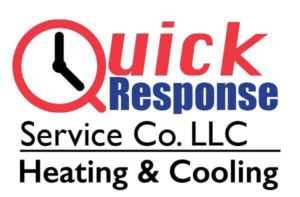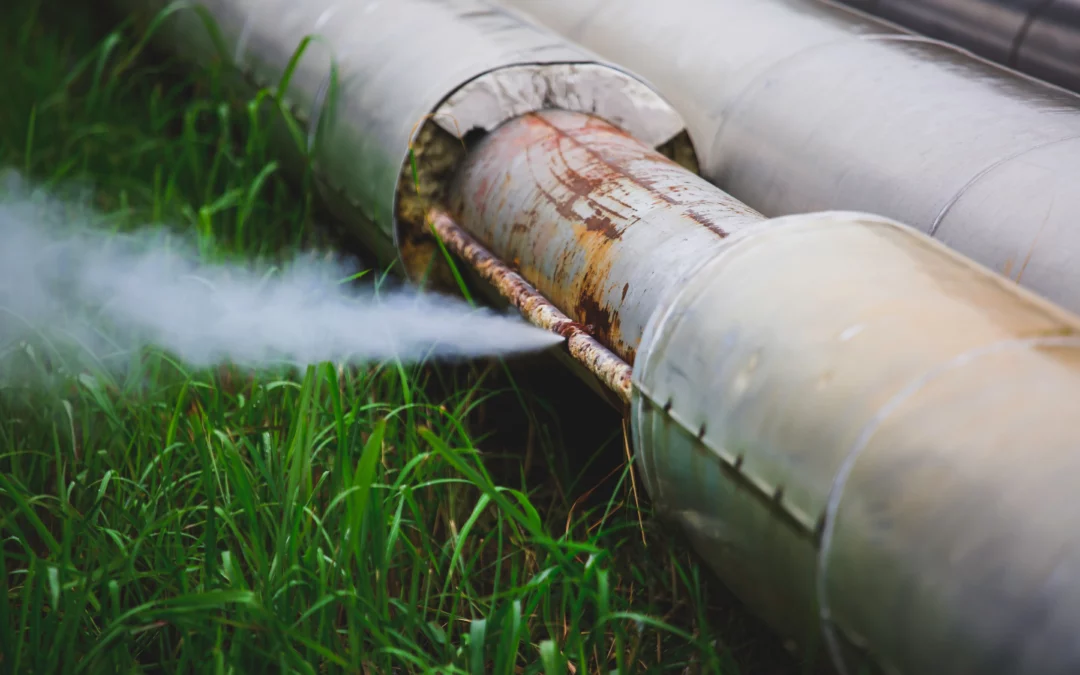If you suspect you have a gas leak in your home, it’s essential to diagnose and repair the issue as soon as possible. Gas leak detection and repair can be life-saving and also structure-saving. It is serious that you jump right on this even if you have a small suspicion. This guide explains the steps you need to take for accurate gas leak detection and effective repairs, so you can protect your safety and that of your family. Have a gas leak in your home? Learn the essential steps of safely detecting and repairing the issue with this comprehensive guide. Although we are not a gas tech, we hope this can help you get to an immediate action plan when dealing with a potential or actual gas leak in your home or property. If this deals against your HVAC, then we might want to take a look at some other things, but not right now because the immediate focus is the safety of your home and your well-being.
Shut Off the Gas Immediately.
The first step in the gas leak detection and repair process should always be to shut off your gas supply, as leaving it on puts you at risk of an explosion. Your energy provider will have a 24 hour emergency line that you can call. Once your gas is completely shut off, make sure all windows and doors are open so any gas already present can dissipate safely.
Start by checking your gas appliances and connections to confirm whether they are the source of the leak. If you smell gas but can’t identify the source, call a licensed gasfitter or your energy provider for assistance. A gasfitter will be able to pinpoint the location of the leak and repair it. Once all repairs have been carried out, your energy provider will turn your gas supply back on and conduct a pressure test to make sure that there is no further leakage.
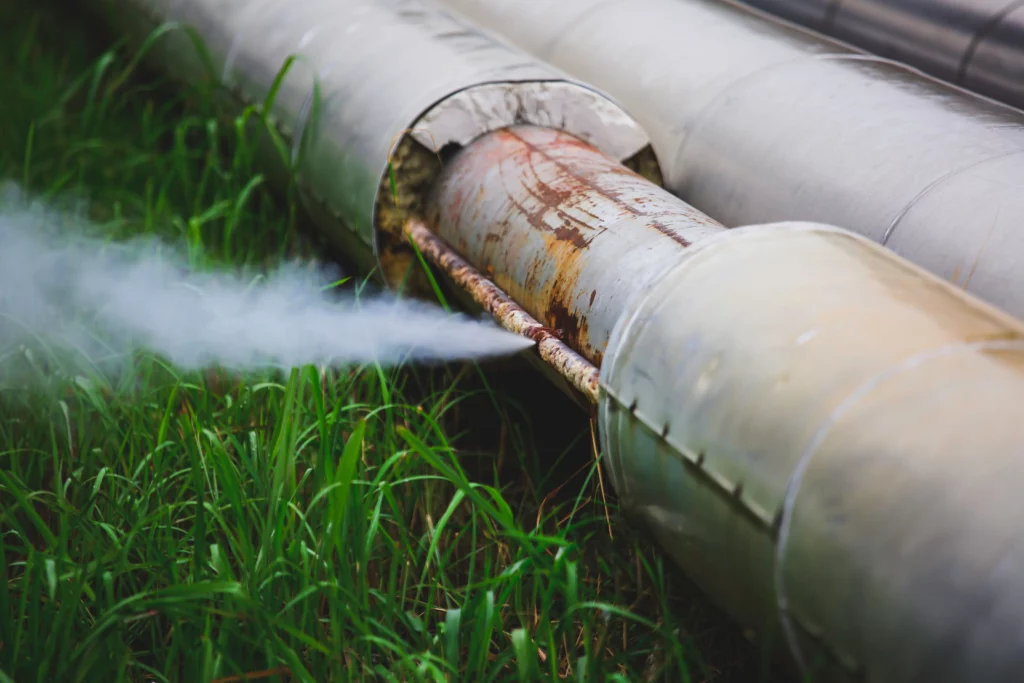
Contact a Certified Gas Technician
The first step in the gas leak detection and repair process should always be to shut off your gas supply, as leaving it on puts you at risk of an explosion. Your energy provider will have a 24 hour emergency line that you can call. Once your gas is completely shut off, make sure all windows and doors are open so any gas already present can dissipate safely.
Start by checking your gas appliances and connections to confirm whether they are the source of the leak. If you smell gas but can’t identify the source, call a licensed gasfitter or your energy provider for assistance. A gasfitter will be able to pinpoint the location of the leak and repair it. Once all repairs have been carried out, your energy provider will turn your gas supply back on and conduct a pressure test to make sure that there is no further leakage.
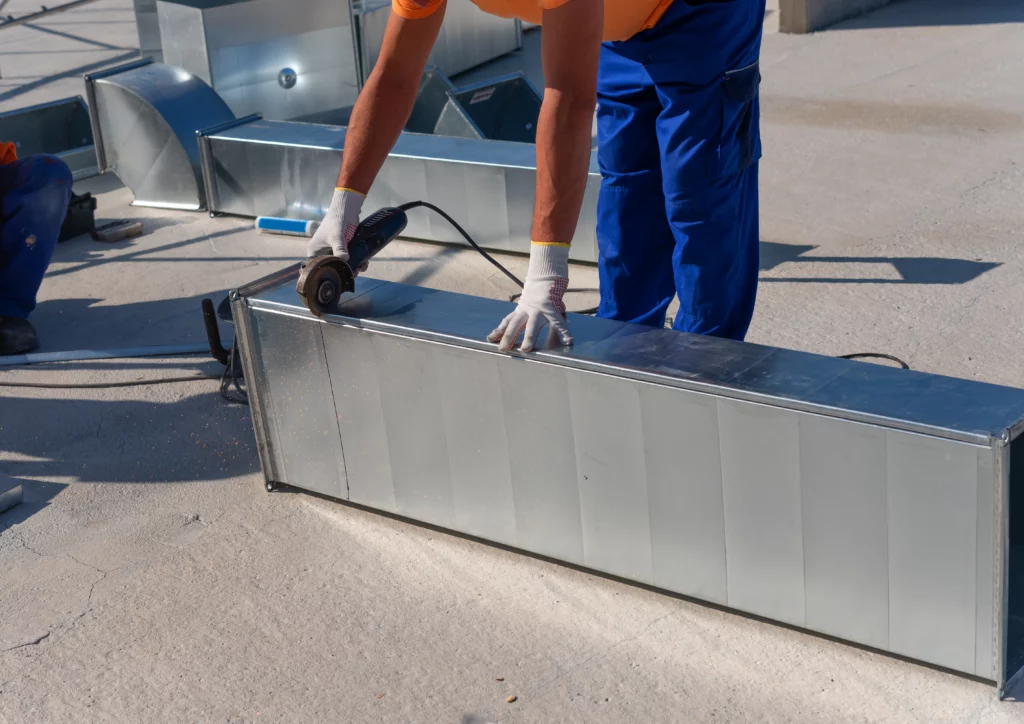
Have Your Home Inspected For Other Leaks and Damages
After you have the gas leak detected and repaired, it is important to have your home inspected for any other potential damages. Your technician should be able to assess if there are any potential areas of disrepair that need attention. Be sure to make repairs in these areas as soon as possible in order to prevent any further damage or safety hazards from occurring.
It is especially important to be diligent when repairing a gas leak as the risk of carbon monoxide poisoning becomes very high. It is also wise to have your chimney and flue inspected for any cracks or blockages which can cause dangerous fumes to build up in your home. Installing carbon monoxide detectors throughout your house will help detect dangers if they ever arise. Taking the extra steps during and after detection and repair of gas leaks can ensure that you and your family are safe from potential hazards in the future.
Having the rest of your home inspected for leaks or damages is also necessary. This can prevent any additional issues or costly repairs further down the line. A qualified, reputable professional should come to your property and check all of your home’s pipelines and other places where gas could escape. The inspector will ensure that all safety measures are taken, such as checking seals, detecting weak spots in the pipeline, and examining valves. They will also check for any corrosion or wear and tear in order to ascertain whether parts need to be replaced and if certain rooms need tighter ventilation. Furthermore, they will inspect nearby rivers or areas with high water levels which could affect your home’s infrastructure.
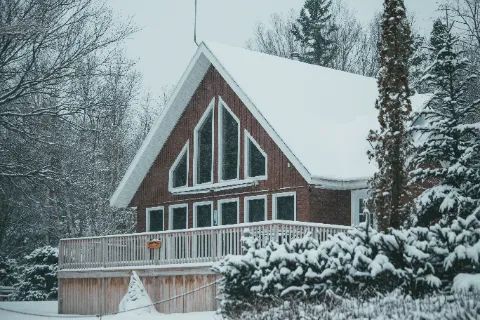
Identify and Stop Airflow Sources For The Leakage for Gas Leak Detection and Repair
Before attempting to identify and repair a gas leak, any sources of airflow must be stopped. This can include turning off the main gas valve, closing the doors and windows in your home, or shutting off any fans or other mechanical ventilation systems that may be running in your home. This will help reduce air movement within your home which will make it easier to detect the leak.
To find a leak, the area around your home and all components related to the gas supply should be carefully inspected. Start by looking for loose pipes and fittings, checking areas where two pipes join together, and looking for any visible cracks or bubbling. You may also notice an unusual odor which is often an indication of a gas leak. If you think there may be a leak in your home, be sure to contact a certified technician immediately to inspect it and complete any necessary repairs.
Repair or Replace Affected Piping or Appliances.
After you have detected the location of the gas leak and stopped any sources of airflow in your home, it’s time to decide if you will repair or replace any affected piping or appliances. If a pipe is found to be cracked or damaged beyond repair, it is best practice to replace the entire section with a new one. If an appliance is involved in the leak, it should be professionally serviced and repaired by a qualified technician.
In some cases, the surrounding area can be affected by a gas leak and must be removed in order to reach the pipe or appliance. It is important to replace any insulation or vapor barrier that may have been exposed or damaged due to the leak. After any pipe or appliance has been repaired, it’s wise to pressure test the entire system for safety before turning it back on. You should also use safety certified fittings and connections when making repairs, as this will help ensure that no future leaks occur within your home.
